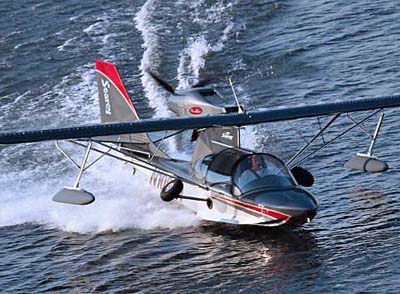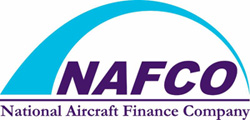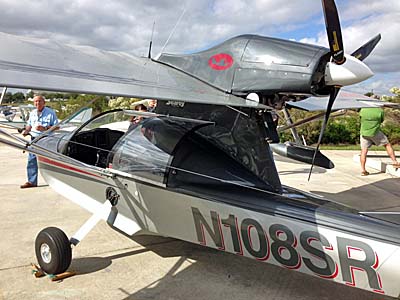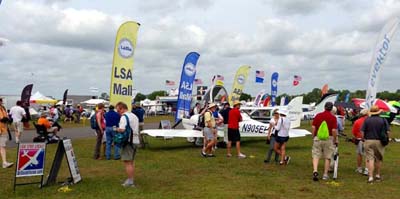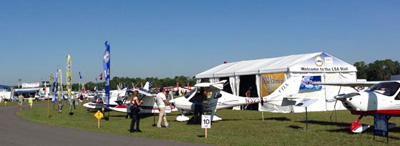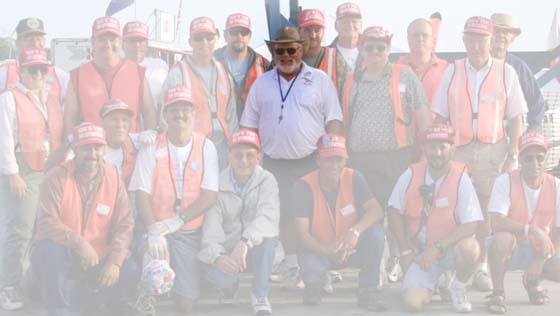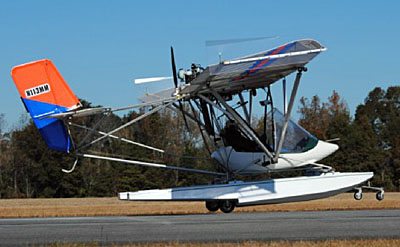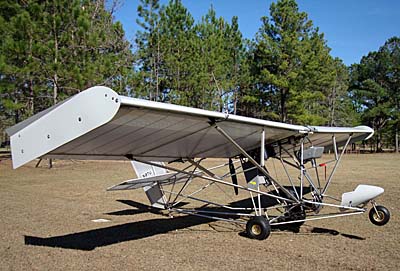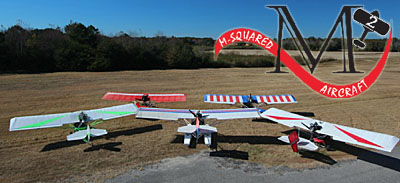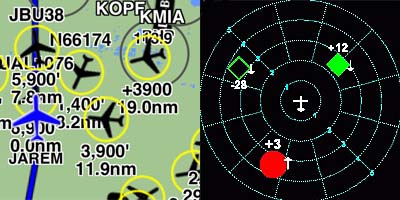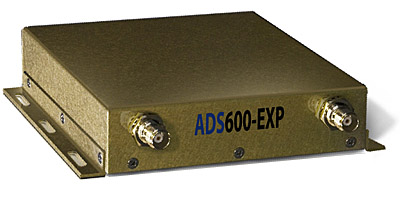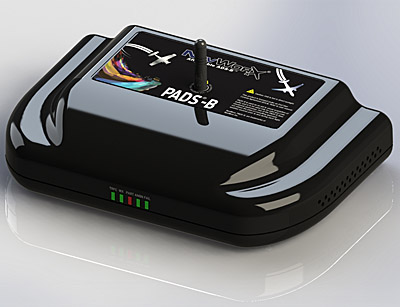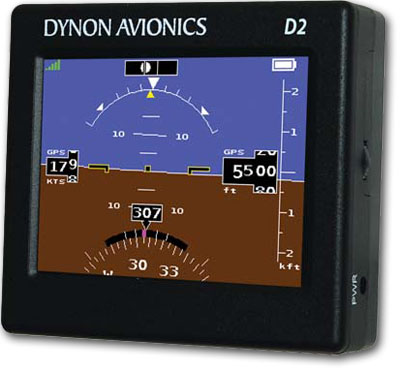
If you love Light-Sport Aircraft or light kit aircraft, odds are you love Dynon Avionics. This company, almost single-handedly, changed the game of glass cockpits for airplanes that cost a a fraction of most new general aviation aircraft. The company has acted like a Silicon Valley tech company meaning that it moves at Internet speed. Other avionics companies have been challenged to keep up with the Dynon dynamo. Based in Woodinville, Washington, Dynon Avionics began business in January of 2000 with the development of the D10 EFIS, which began shipping in March 2003 to a warm reception. One of the cool early installations of a D10 system was on the Space Ship One, the first private aircraft to reach outer space. The company was founded John Torode, a former tech executive and a pilot who keeps a couple seaplanes docked in front of his home on Lake Washington.



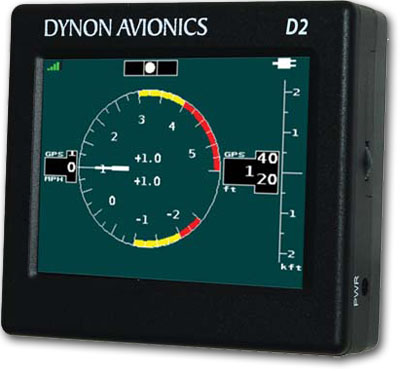
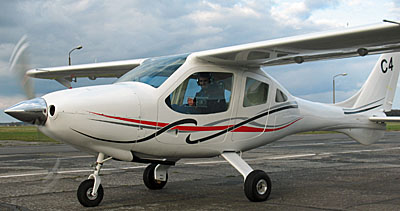

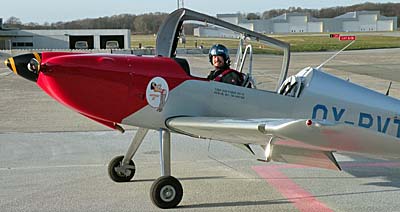

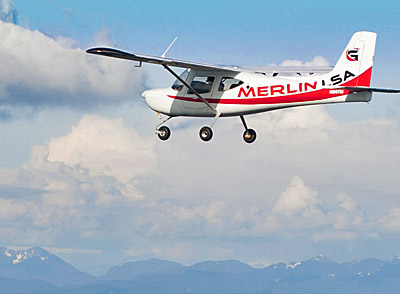
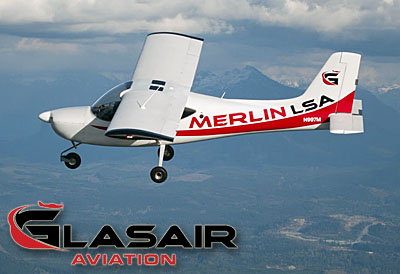
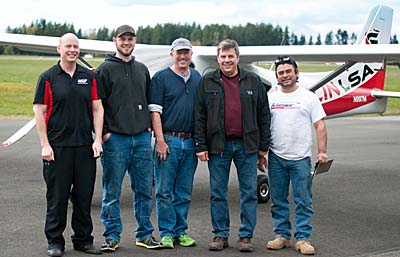

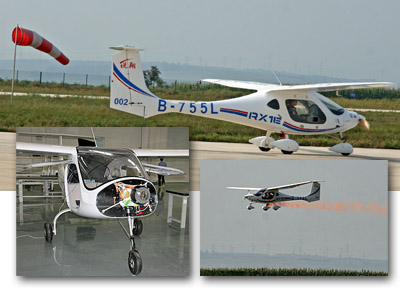 With
With 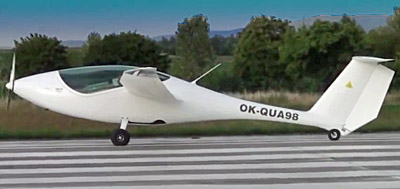 Some companies will not be attending not because their projects have stopped but because they are at critical junctions. Among those missing will be the Volocopter from e-Volo nor any man-carrying aircraft display by Yuneec — which last year showed their eSpyder that had just won German approval. However, the company will be present with their drone/UAV models and their electric powered skateboards, the latter seen at AirVenture 2013.
Martin Stepanek from the Czech company
Some companies will not be attending not because their projects have stopped but because they are at critical junctions. Among those missing will be the Volocopter from e-Volo nor any man-carrying aircraft display by Yuneec — which last year showed their eSpyder that had just won German approval. However, the company will be present with their drone/UAV models and their electric powered skateboards, the latter seen at AirVenture 2013.
Martin Stepanek from the Czech company 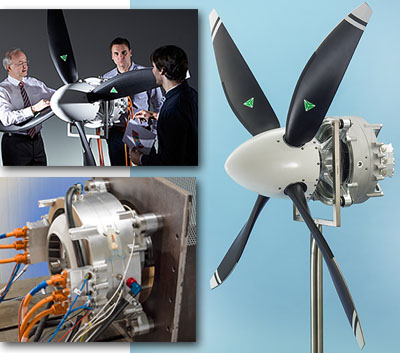 Willi wrote, "A newcomer at the e-flight-expo is Chip Erwin from Florida. His company
Willi wrote, "A newcomer at the e-flight-expo is Chip Erwin from Florida. His company 

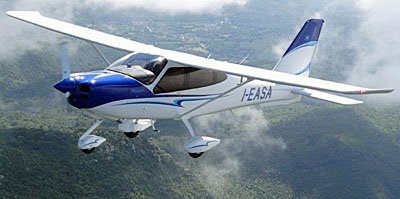 As you look at the photos in this article and compare them with the P2008 (bottom photo), you see the resemblance clearly. One evolved from the other. "P" refers to Pascale, specifically Professor Luigi Pascale, the
As you look at the photos in this article and compare them with the P2008 (bottom photo), you see the resemblance clearly. One evolved from the other. "P" refers to Pascale, specifically Professor Luigi Pascale, the 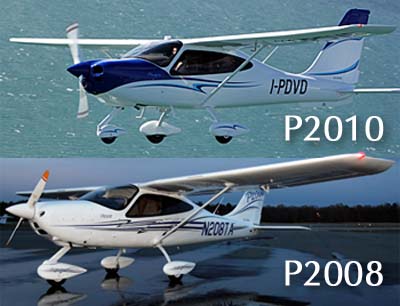 At their space at Sun 'n Fun, expect to see P2010, the Twin, and several Tecnam LSA including the high wing P2008 (photo below) and low-wing Astore
At their space at Sun 'n Fun, expect to see P2010, the Twin, and several Tecnam LSA including the high wing P2008 (photo below) and low-wing Astore 
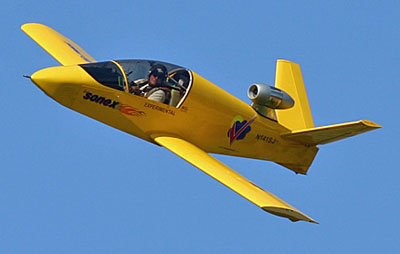
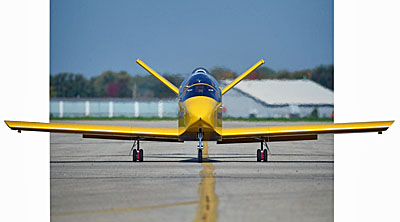
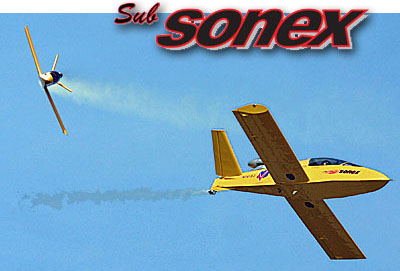

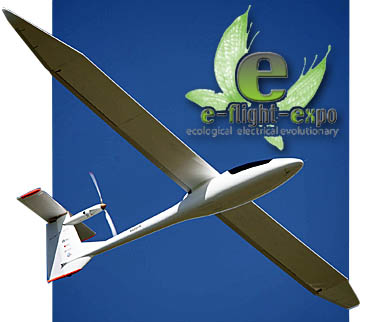
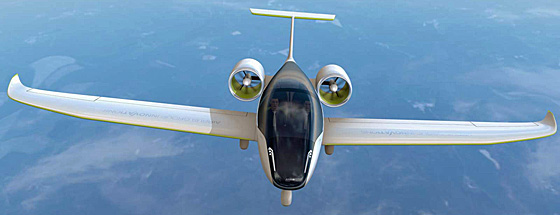

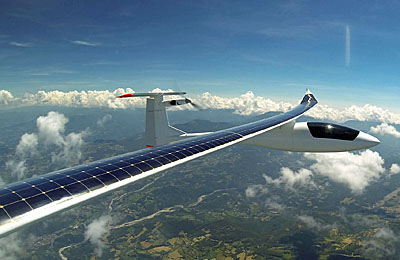


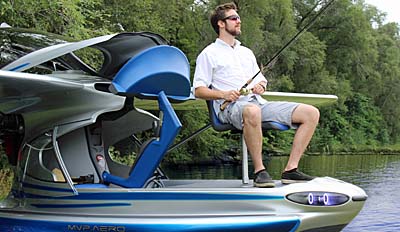
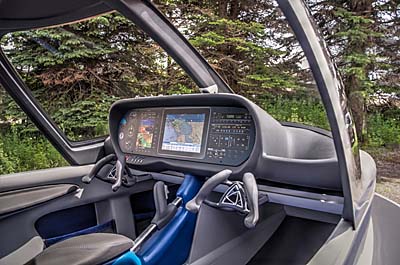
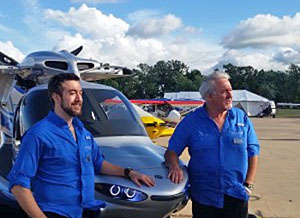

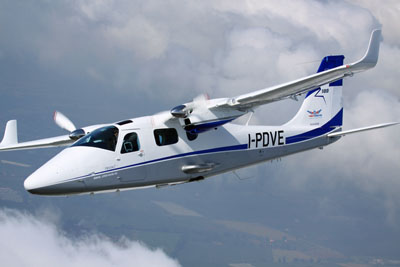 Tecnam had a strong year last year with reasonable sales of Light-Sport Aircraft plus larger, certified airplanes into the U.S. market. Around the world, according to the report released by GAMA and confirmed personally by Managing Director Paolo Pascale,
Tecnam had a strong year last year with reasonable sales of Light-Sport Aircraft plus larger, certified airplanes into the U.S. market. Around the world, according to the report released by GAMA and confirmed personally by Managing Director Paolo Pascale, 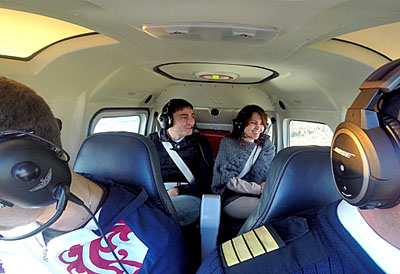 Tecnam is leading this charge with the 2006-era Tecnam Twin that uses two Rotax 912 engines, but they have since gained regulatory approval for their single engine four seater, P2010. (Tecnam models indicate the year the design was initiated.) The company is also going further upscale with a design seating eleven and they are joined by other LSA builders in this goal but we will delve into that story later.
Recently Tecnam reported, "P2006T Twin has successfully achieved certification to enable it to carry passengers for hire." Twin is a four seater, not the larger P2012 Traveler, but they know it is certainly capable of hauling paying passengers (photo). "[We] will promote P2006T Twin for charter and air-taxi usage."
The first Tecnam P2006T Certificate for Passenger Transportation is operated by Russia-based Chelavia. Established in 2003, ChelAvia currently operates nearly 100 Tecnam aircraft and is actively engaged in training commercial pilots for some Russian airlines.
Tecnam is leading this charge with the 2006-era Tecnam Twin that uses two Rotax 912 engines, but they have since gained regulatory approval for their single engine four seater, P2010. (Tecnam models indicate the year the design was initiated.) The company is also going further upscale with a design seating eleven and they are joined by other LSA builders in this goal but we will delve into that story later.
Recently Tecnam reported, "P2006T Twin has successfully achieved certification to enable it to carry passengers for hire." Twin is a four seater, not the larger P2012 Traveler, but they know it is certainly capable of hauling paying passengers (photo). "[We] will promote P2006T Twin for charter and air-taxi usage."
The first Tecnam P2006T Certificate for Passenger Transportation is operated by Russia-based Chelavia. Established in 2003, ChelAvia currently operates nearly 100 Tecnam aircraft and is actively engaged in training commercial pilots for some Russian airlines.
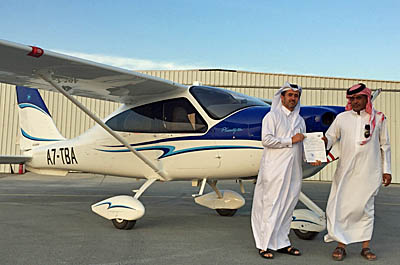
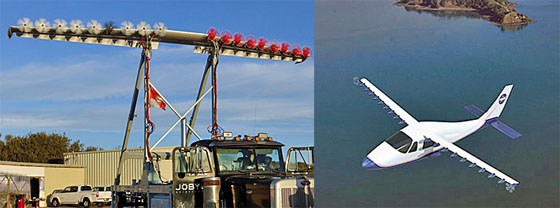 Tecnam's P2006 Twin airframe was selected by NASA for an 18-motor experimental project. Here is some of the out-of-the-box thinking that speculates that an aircraft fitted with a long string of small electric motors can theoretically perform well.
NASA loves its abbreviations and trick phrases so the program is called LEAPtech with LEAP standing for Leading Edge Asynchronous Technology. The aim is reported as being "developing safer, more energy efficient, lower operating cost and greener General Aviation aircraft."
NASA will fit an experimental 31-foot aircraft wing with 18 electric motors placed along the leading edge onto a Tecnam P2006T aircraft frame (photos). The electric motors are powered by lithium iron phosphate batteries. American companies ESAero and Joby Aviation will manufacture and integrate wing and motors on the P2006T airframe. Tecnam said, "Researchers hope to fly the modified Tecnam P2006T piloted X-plane within the next couple years."
Tecnam's P2006 Twin airframe was selected by NASA for an 18-motor experimental project. Here is some of the out-of-the-box thinking that speculates that an aircraft fitted with a long string of small electric motors can theoretically perform well.
NASA loves its abbreviations and trick phrases so the program is called LEAPtech with LEAP standing for Leading Edge Asynchronous Technology. The aim is reported as being "developing safer, more energy efficient, lower operating cost and greener General Aviation aircraft."
NASA will fit an experimental 31-foot aircraft wing with 18 electric motors placed along the leading edge onto a Tecnam P2006T aircraft frame (photos). The electric motors are powered by lithium iron phosphate batteries. American companies ESAero and Joby Aviation will manufacture and integrate wing and motors on the P2006T airframe. Tecnam said, "Researchers hope to fly the modified Tecnam P2006T piloted X-plane within the next couple years."
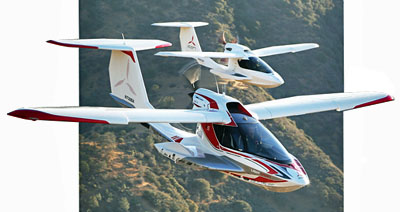
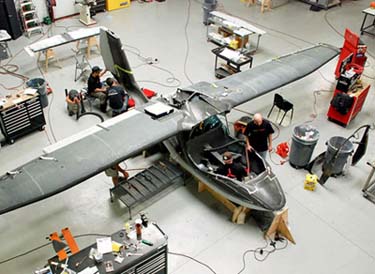
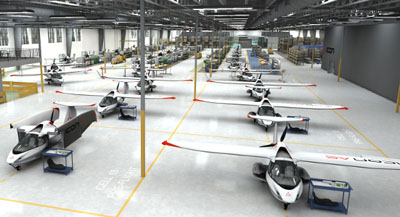

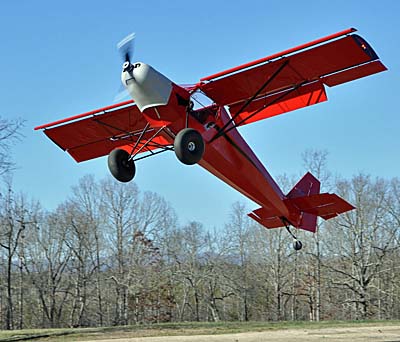



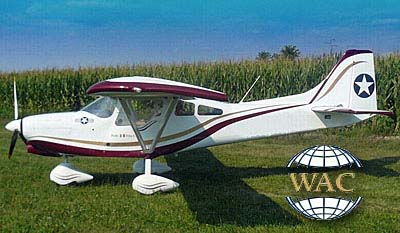
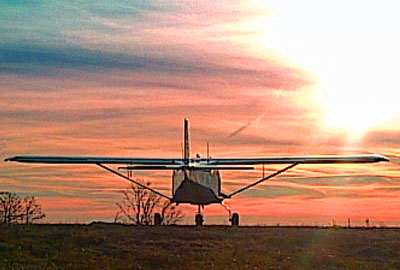


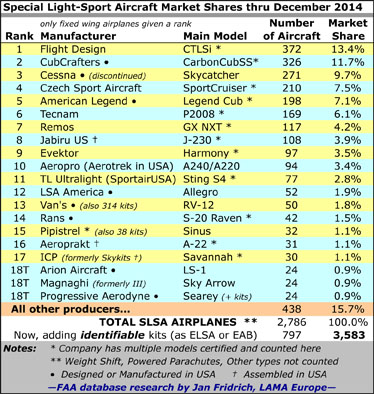
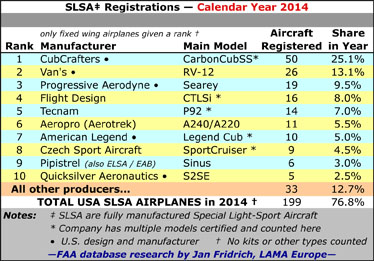
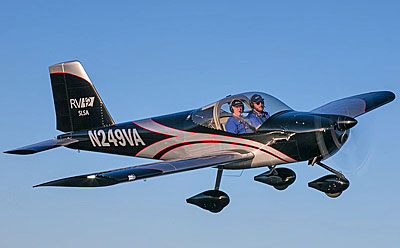
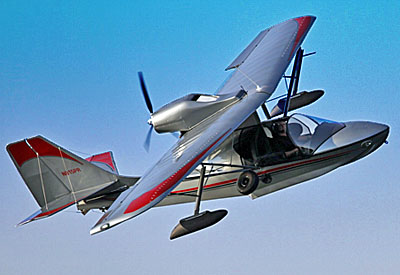

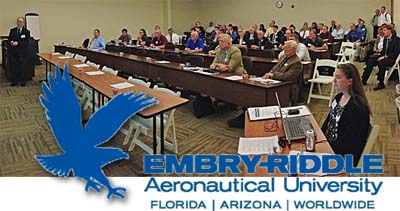




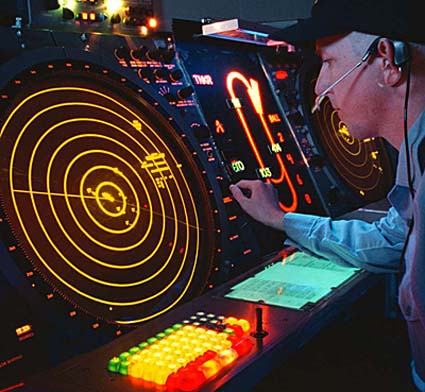
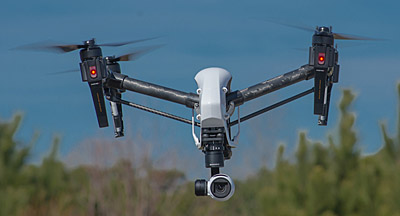
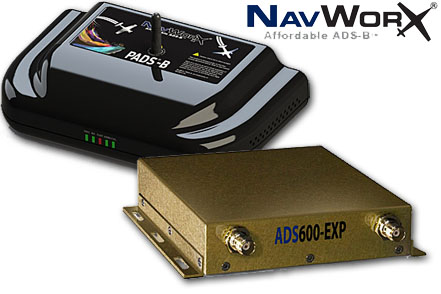
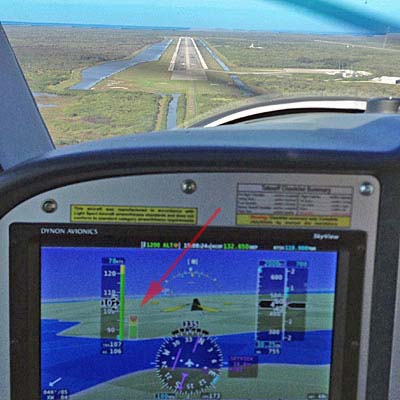

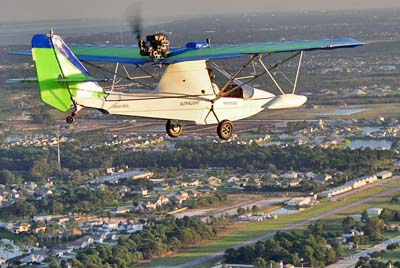 Besides the available-today quality, the DeLand, Florida-based company has a seaplane the rest of us can afford. Can you believe average kit prices in the mid-$50,000s and starting below $49,000?
Even if you have not sought out this company with a long history, the brand may seem familiar and that sense may bring a recent memory of another sort. Yes, it was an Aventura that probably stalled, claiming the lives of two Aero Adventure team members at Sebring 2015. Such a severe event deals a body blow to a small company. Yet owner Alex Rolinski reported that the team has reassessed and regrouped and are forging ahead ... certainly as their departed associates would have preferred.
Besides the available-today quality, the DeLand, Florida-based company has a seaplane the rest of us can afford. Can you believe average kit prices in the mid-$50,000s and starting below $49,000?
Even if you have not sought out this company with a long history, the brand may seem familiar and that sense may bring a recent memory of another sort. Yes, it was an Aventura that probably stalled, claiming the lives of two Aero Adventure team members at Sebring 2015. Such a severe event deals a body blow to a small company. Yet owner Alex Rolinski reported that the team has reassessed and regrouped and are forging ahead ... certainly as their departed associates would have preferred.
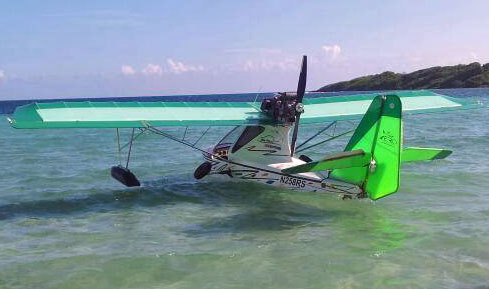 "It made quite an impact on all of us," said Alex. "You can't plan for that sort of thing. You don't imagine, 'What could go wrong and cause such an accident?'" Following the tragedy, Alex R, his operations manager Alex Gutierrez, and their associates, rolled up their sleeves even higher and dove into their work. Work can be good therapy.
"Over the last year we completely redid the assembly manual," said Alex Rolinski. He reported that all drawings have made the transition to Solid Works, a high end computer-aided design program that provides engineers — builders also benefit — with scalable drawings that can be examined in fine detail to assure better fit and finish of completed kits.
"It made quite an impact on all of us," said Alex. "You can't plan for that sort of thing. You don't imagine, 'What could go wrong and cause such an accident?'" Following the tragedy, Alex R, his operations manager Alex Gutierrez, and their associates, rolled up their sleeves even higher and dove into their work. Work can be good therapy.
"Over the last year we completely redid the assembly manual," said Alex Rolinski. He reported that all drawings have made the transition to Solid Works, a high end computer-aided design program that provides engineers — builders also benefit — with scalable drawings that can be examined in fine detail to assure better fit and finish of completed kits.
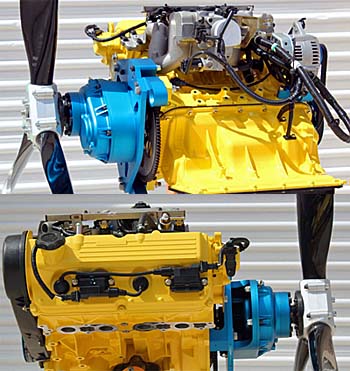 "Our kit build process is better than it's ever been," Alex said, using construction of sub-assemblies that build upon one another. He noted that even though the
"Our kit build process is better than it's ever been," Alex said, using construction of sub-assemblies that build upon one another. He noted that even though the 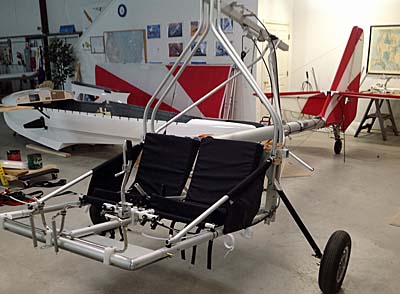 Alex reported that 166 airplanes are flying under the Aventura model name. In 2014, the company delivered a dozen kits and said interest is growing. When I asked about all variations in the airplane, dating back to the earliest Buccaneers, Alex believes around 1,000 kits have been completed, although he observed prior company records were not as complete as he'd prefer.
An Aventura kit seaplane can do real duty. For example, Ms. Tanille DeLair has flown her Aventura — which she named "Juliette" — more than a thousand hours. A Florida resident, she has often flown her seaplane to and from New York and helped her boyfriend obtain his Sport Pilot certificate in her Aventura. They've made several flights over to the Bahamas. Her airplane uses the
Alex reported that 166 airplanes are flying under the Aventura model name. In 2014, the company delivered a dozen kits and said interest is growing. When I asked about all variations in the airplane, dating back to the earliest Buccaneers, Alex believes around 1,000 kits have been completed, although he observed prior company records were not as complete as he'd prefer.
An Aventura kit seaplane can do real duty. For example, Ms. Tanille DeLair has flown her Aventura — which she named "Juliette" — more than a thousand hours. A Florida resident, she has often flown her seaplane to and from New York and helped her boyfriend obtain his Sport Pilot certificate in her Aventura. They've made several flights over to the Bahamas. Her airplane uses the 
